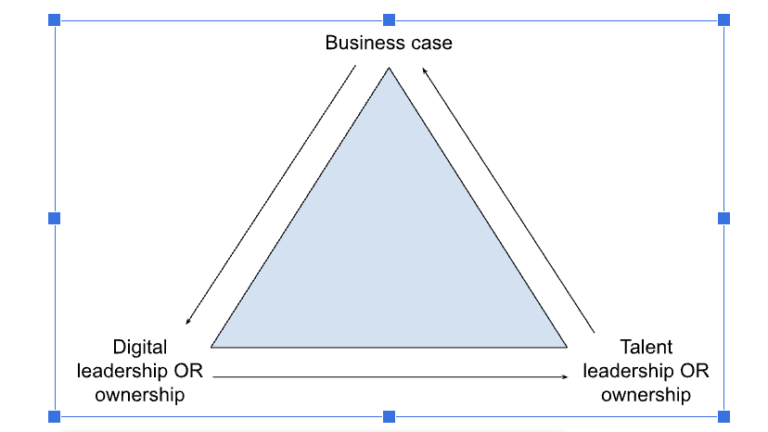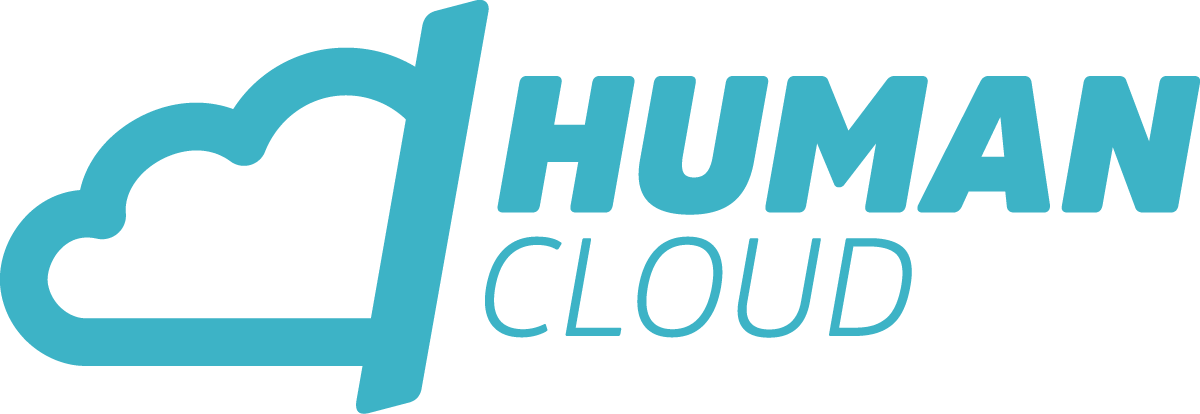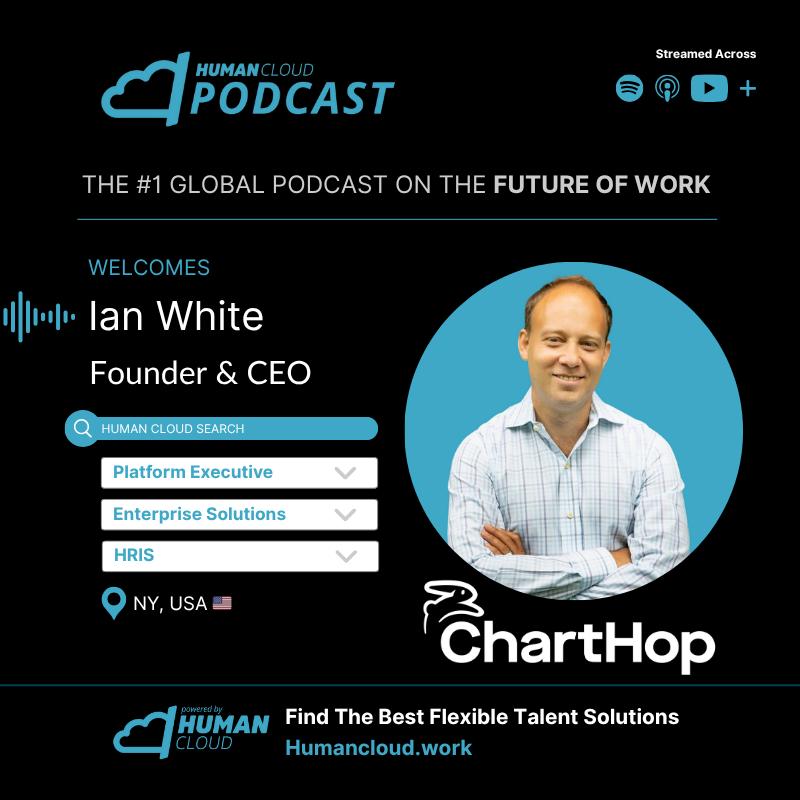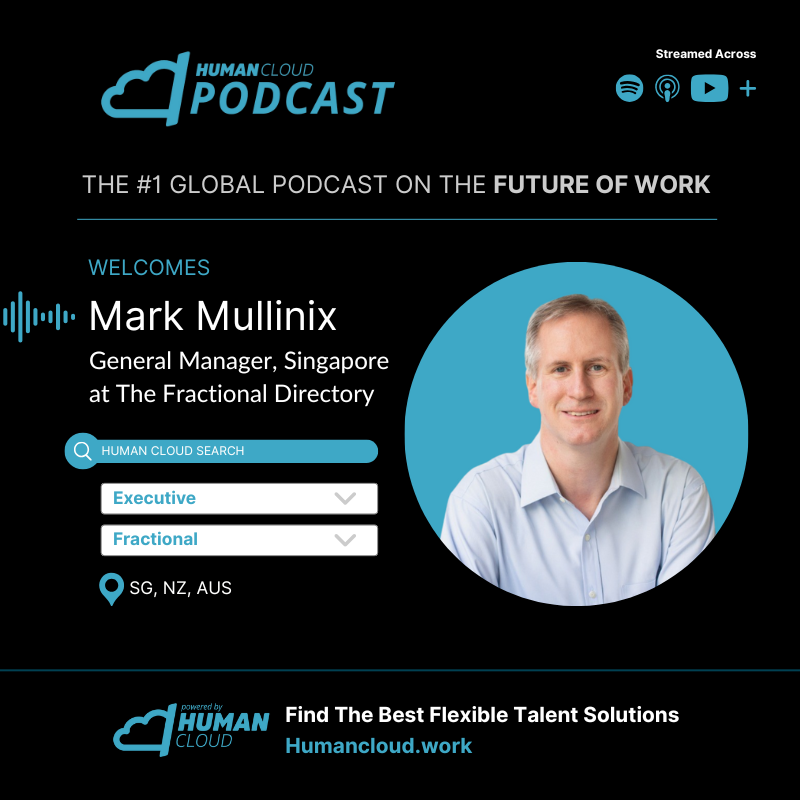
Steve Rader, Previously Program Manager for NASA’s Center of Excellence for Collaborative Innovation
Subscribe to Human Cloud Podcast
Leaders,
Do we need to say more than Steve Rader? If you don’t know Steve, he has been a relentless leader who has pushed for future workforce models across organizations like NASA and beyond.
In this episode, we’ll explore how Steve envisions future workforce models applied within large organizations and discuss what current workforce models need to do to adapt to the rapidly evolving technology landscape.
In true NASA form, we’ll take an engineering approach to the future of work. As any good engineer does, we’ll start by identifying the first principle and then engineering the solution.
What is the first principle of work and the “talent” industry? We need to take it deeper…what is the first business principle? As Steve puts it, it’s okay to admit that the first principle of business is to “make money.” From this first principle, we can identify how the full-time default is in the way of this. Full-time employment, compared to modern models, is slow, inefficient, fixed, and suboptimal for most conditions.
A peak into key themes we’ll discuss:
- The traditional recruitment model is broken. Full stop. From this first principle, we can use white paper thinking to create the recruitment model that works in today’s digital era.
- Middle management needs to evolve from delegation to orchestration. The reality is that for every 100 traditional middle managers, companies only have 10 now, and these 10 need to navigate modern technology and talent tools to match the production of what once took 100 managers.
- If enterprises don’t embrace modern workforce models, it’s just a matter of time before startups disrupt them. We covered this in Forbes, How Startups And Small Businesses Signal The Future Of Work.
- The Platform Community can replace most of what traditional talent leaders have done. Yes, we’re saying HR and Contingent Talent Programs could be replaced by the current talent platform ecosystem.
Last, and most important, Steve breaks down what we call “The Holy Trinity To Modern Talent Disruption”. The Holy Trinity guides leaders who need to disrupt traditional talent processes, and it looks like the following.

What the trinity says is this: Leaders must start with the business case. The business case is crucial, as it’s the first principle you always refer back to, benchmark from, and measure against. Then progress to digital leadership. We can also call this digital ownership. This means that leaders go from the business case to the digital and technology-related solutions. This brings in Product, Innovation, Engineering, and technical leaders. Then, leaders progress to talent leadership or talent ownership. This can be HR, TA, or Contingent Talent leaders. All three need each other.
How can you apply your Holy Trinity? Listen to find out!
Chapters
00:00 Introduction and Context of the Gig Economy
02:24 The Shift to Open Innovation and Freelancing
06:13 Challenges in Enterprise Adoption of Freelancers
12:43 The Role of Freelancers in Startups
20:24 The Importance of Localization and Skills Access
22:24 The Future of Platforms and Gig Economy Dynamics
26:16 The Quest for Stakeholder Alignment
29:55 Digital Transformation Challenges
34:33 The Human Element in Business
38:46 The Holy Trinity of Talent Strategy
41:43 Navigating Freelance and Employment Dynamics
46:31 The Future of Work and Gig Economy
Follow Up Material & Links
Powered By Human Cloud, the global authority on the freelance economy.
Human Cloud helps freelance leaders solve their toughest challenges. From Enterprises scaling freelance workforces, to Platforms positioning their unique differentiation, Human Cloud is fortunate to have a global hand in helping the freelance economy grow.
Interested in partnering with Human Cloud?
> Visit us at https://humancloud.work
> Contact us at [email protected]
> Leverage the largest database of freelance insights at https://humancloud.work/industry-insights





 This is only available to Knowledge Graph subscribers
This is only available to Knowledge Graph subscribers 